Easily one of the most versatile and visionary filmmakers of our time, Alfonso Cuarón’s work seamlessly bridges the gap between intimate storytelling and grand, ambitious cinema. His career spans over three decades, during which he has effortlessly moved between his native Mexican cinema and Hollywood productions, independent films, and blockbusters. Whether he’s crafting a coming-of-age tale set against the backdrop of 1970s Mexico or envisioning a dystopian future, Cuarón’s films are always unmistakably his own, molded by his distinctive authorial voice.
Cuarón often employs long takes and fluid camera movements, creating a seamless, almost dreamlike flow that draws audiences into the narrative. At the heart of his filmmaking aesthetic is a deep appreciation for the power of the image. Cuarón’s collaboration with cinematographer Emmanuel Lubezki has been particularly influential, resulting in some of the most visually striking images in contemporary cinema.
Cuarón’s narratives often grapple with issues of class, societal collapse, and the resilience of the human spirit in the face of adversity. Yet he is just as comfortable tackling more personal and even philosophical themes, such as the challenges of family dynamics, the yearning for connection, and the power of memory. He’s equally at home in the arthouse and the multiplex, pushing the boundaries of what’s possible in both realms.
In this article, we shall explore Alfonso Cuarón’s body of work and trace his evolution as a filmmaker. Enjoy!
8. Great Expectations (1998)
Stepping away from the cobbled streets of 19th-century London, Cuarón’s “Great Expectations” reimagines Dicken’s classic Victorian tale in the bustling modern heart of New York City. The film centers around Finnegan “Finn” Bell (Jeremy James Kissner), a ten-year-old orphan navigating life with his tough-as-nails sister Maggie (Kim Dickens) and her gruff boyfriend Joe (Chris Cooper). Finn’s world takes a peculiar turn when he encounters an escaped convict named Arthur Lustig (Robert De Niro) on the beach. A hesitant bond forms between them, foreshadowing fate’s strange twists in the times ahead. Finn’s fortunes shift further when he meets the reclusive Ms. Nora Dinsmoor (Anne Bancroft), who invites him to her decaying mansion to play with her beautiful but cold-hearted niece, Estella (Raquel Beaudene).
Finn falls hopelessly in love with Estella despite Ms. Dinsmoor’s warning that she will break his heart. Years later, in the bustling art scene of 1990s New York, Finn (Ethan Hawke) reconnects with Estella (Gwyneth Paltrow), the latter now a sophisticated socialite. This chance encounter reawakens a childhood infatuation Finn had for Estella, and with a newfound fortune mysteriously bestowed upon him, he throws himself into the pursuit of winning her over. Cuarón’s direction infuses the film with a dreamlike quality, complemented by Emmanuel Lubezki’s lush cinematography capturing both the sun-drenched Florida coast and the gritty glamour of NYC, seemingly mirroring Finn’s journey from innocence to worldliness. Although the film was met with mixed reviews upon release–some criticizing the modernization of Dickens–over the years, “Great Expectations” has gained a certain cult following, especially after Cuarón cemented his reputation as an auteur.
7. Solo Con Tu Pareja (1991)
In 1991, a young Alfonso Cuarón, alongside his brother Carlos as co-writer and Emmanuel Lubezki as cinematographer, burst onto the scene with his directorial debut “Sólo Con Tu Pareja” (Only With Your Partner). Cuarón’s debut film marked a vibrant and hilarious entry into the world of screwball comedy, a genre that was relatively unexplored in Mexican cinema at the time and established him as a distinctive cinematic voice. The story revolves around a charming but philandering advertising executive, Tomás Tomás (Daniel Giménez Cacho), notorious for his numerous love affairs. His carefree lifestyle takes a dramatic turn when Silvia Silva (Astrid Hadad), a nurse he seduces, exacts revenge for his infidelity by falsifying his medical records.
Believing he is HIV positive, Tomás is devastated by the news and contemplates suicide. While navigating his supposed death sentence, Tomás meets his neighbor Clarisa Negrete (Claudia Ramírez), a flight attendant dealing with her own romantic troubles, and the two of them find solace in each other’s company. Cuarón’s direction is impressively assured for a first-time feature filmmaker. He infuses the movie with kinetic energy, using clever camera movements and editing to enhance the comedic timing. The film’s visual style is not as polished as his later works but hints at the cinematic flourishes that would eventually become his trademark. Its success in Mexico led to international recognition, including a screening at the Toronto International Film Festival (TIFF), which helped launch Alfonso Cuarón’s career globally.
6. Harry Potter and the Prisoner of Azkaban (2004)
The year 2004 marked a significant shift in the tone of the Harry Potter film series with the release of “Prisoner of Azkaban,” with Cuarón taking a bolder approach visually and narratively while staying true to the core themes of J.K. Rowling’s novel. The story follows Harry Potter (Daniel Radcliffe) in his third year at Hogwarts as he and his friends navigate the challenges of growing up and mastering magic. A dangerous fugitive named Sirius Black (Gary Oldman) has escaped the Azkaban prison, supposedly intent on killing Harry. The Ministry of Magic deploys Dementors, soul-sucking creatures who guard Azkaban, to patrol the Hogwarts grounds, casting a shadow of fear and despair over the entire school.
Cuarón’s direction breathed new life into the franchise, infusing it with a visual style and emotional depth that set it apart from its predecessors. He departed from the bright and whimsical aesthetic of the first two films, opting for a darker and more gothic atmosphere. Helmed by Michael Seresin, the camerawork became more dynamic – employing sweeping shots and Dutch angles to create a sense of unease and suspense. John Williams’ moody and foreboding score reflected the film’s darker tone, incorporating a melancholic yet powerful leitmotif for the Dementors. Cuarón expanded the scope of Hogwarts, revealing more of its sprawling grounds and introducing the village of Hogsmeade. The director also made subtle changes to the characters’ appearances, most notably having them wear modern clothes when not in their school robes, which helped ground the magical world in a more contemporary context.
5. A Little Princess (1995)
In this captivating adaptation of Frances Hodgson Burnett’s classic 1905 novel, Cuarón infuses the story with a touch of magical realism while remaining faithful to the core themes of resilience and imagination, creating a visually stunning and emotionally resonant film. The plot follows young Sara Crewe (Liesel Matthews), a kind and imaginative girl who has grown up in India with her loving father, Richard Crewe (Liam Cunningham). When the First World War breaks out, Captain Crewe sends Sara to a boarding school in New York City run by the stern and cynical Miss Minchin (Eleanor Bron). Initially treated as a “little princess” due to her father’s wealth, Sara’s world is turned upside down when news arrives that Captain Crewe has been killed in action and his fortune lost.
The cruel Miss Minchin forces Sara to work as a servant in the school, relegated to a cold attic room. She finds solace in storytelling, weaving fantastical tales for the other young servants, transforming their attic room into a vibrant imaginary world. Cuarón masterfully employs magical realism here. As Sara describes fantastical feasts and opulent surroundings, the film subtly alters the set, with meager furnishings morphing into elegant furniture and plain walls adorned with tapestries. Sunlight bathes scenes of Sara’s privileged past and happier moments, while darkness often engulfs the harsh realities of her servitude, the visual contrast amplifying the character’s emotional trajectory. While rooted in the harsh realities of Dickensian England (though the setting is shifted to New York), “A Little Princess” celebrates the power of imagination and the enduring spirit of hope.
4. Gravity (2013)
With “Gravity,” Cuarón delivers a visually stunning, heart-pounding cinematic experience, throwing viewers into the desolate emptiness of space alongside its two protagonists. Medical engineer Dr. Ryan Stone (Sandra Bullock) and veteran astronaut Matt Kowalski (George Clooney) are left critically endangered when a cascading debris field destroys their shuttle and most of their crewmates during Stone’s first spacewalk. With their shuttle destroyed, Stone and Kowalski are left tethered to each other, floating in the vast emptiness of space. As she grapples with the emotional trauma of witnessing her colleagues perish, Stone must find a way to navigate back to Earth while being stranded in the unforgiving vacuum with dwindling oxygen and limited resources.
Cuarón collaborated closely with visual effects company Framestore to create a photorealistic depiction of space. From the intricate details of the spacesuits to the swirling nebulae and the terrifying power of a solar flare, every frame is meticulously crafted to immerse the viewer in the story. Cuarón’s long-time collaborator Lubezki employs long uninterrupted takes and unique uses of Steadicam cinematography, via which the film creates a visceral sense of weightlessness and disorientation. The score, composed by Steven Price, is used sparingly but effectively, building tension and punctuating moments of triumph and despair. The deathly near-silence of space is punctuated by the rhythmic whoosh of Stone’s breathing and the clanging of tools against the metal hull of the spacecraft. The film was a massive box office success and went on to win seven Academy Awards, including Best Director, Best Cinematography, and Best Visual Effects.
3. Y Tu Mama Tambien (2001)

This provocative and insightful coming-of-age road movie film follows two teenage boys, Julio (Gael García Bernal) and Tenoch (Diego Luna), as they embark on a trip across Mexico with an older woman named Luisa (Maribel Verdú). Julio comes from a working-class background, while Tenoch is the son of a wealthy politician. At a wedding, they meet Luisa, the wife of Tenoch’s cousin, and they invite her on a whim to join them on a trip to a fictional secluded beach called Boca del Cielo (“Heaven’s Mouth”). But unbeknownst to the boys, Luisa has just learned of her husband’s infidelity and is grappling with a devastating personal crisis. She impulsively accepts their invitation, setting in motion a journey that will change all their lives forever.
As they travel through the breathtaking Mexican landscapes, the facade of bravado crumbles: conversations reveal anxieties about their futures and a longing for connection beyond fleeting passion. One of the most striking stylistic choices in “Y Tu Mamá También” is the use of an omniscient narrator. This voiceover provides context beyond the immediate story, offering insights into the characters’ pasts and futures, as well as commenting on the sociopolitical realities of Mexico. Using handheld cameras and natural lighting, the film’s naturalistic style lends an air of authenticity to the characters’ experiences – further enhanced by the improvised feel of many scenes, particularly the frank and humorous discussions about sex and relationships. Long, unbroken takes that would become a hallmark of Cuarón’s later work are already evident here, allowing scenes to unfold with a natural, intimate rhythm.
2. Children of Men (2006)
Based on P.D. James’ eponymous 1992 novel, “Children of Men” paints a chilling portrait of a dystopian future where humanity faces extinction as it tackles global infertility and societal collapse. The story unfolds in 2027, eighteen years after the unexplained infertility that’s afflicting humankind. Society has crumbled, replaced by a world choked by despair and violence. Clive Owen delivers a gritty performance as Theo Faron, a jaded former activist living a reclusive life. His world is turned upside down when he encounters the young immigrant woman Kee (Clare-Hope Ashitey), who is miraculously pregnant, the first in nearly two decades. Helped by his ex-wife, Julian Taylor (Julianne Moore), Theo is tasked with escorting Kee to a hidden sanctuary where scientists can study her pregnancy, a potential key to saving humanity’s future.
Cuarón’s direction is nothing short of masterful, creating a world that feels disturbingly plausible. The film’s grimy lived-in aesthetic, courtesy of production designer Jim Clay, brings to life a future that’s recognizable yet also alien and forbidding. This is not the sleek, high-tech dystopia often seen in science fiction but a world slowly crumbling under the weight of despair and xenophobia. Lubezki displays some astonishing camerawork, with several sequences that have now become legendary in film circles. The car ambush scene and the battle in the Bexhill refugee camp, both captured in extended single takes, are breathtaking achievements that immerse the viewer in the chaotically violent world of the film. The use of natural light and muted colors emphasizes the bleakness of the world, juxtaposed with flashes of vibrant hues highlighting moments of hope and defiance.
1. Roma (2018)
“Roma” is Alfonso Cuarón’s deeply personal love letter to Mexico City of his childhood and a poignant exploration of class, gender, and family dynamics in 1970s Mexico. At once intimate and sweeping, this black-and-white film marks Cuarón’s return to his native country after several Hollywood productions, resulting in a work of staggering beauty and emotional depth. The story unfolds through the eyes of Cleo (Yalitza Aparicio), a young Mixteco indigenous woman employed as a live-in domestic worker for the Murphy family. Cleo’s world revolves around caring for the four Murphy children while navigating her own personal life, which is thrown into turmoil by an unexpected pregnancy. As political tensions rise and student protests erupt in the streets, the seemingly comfortable world of the Murphys, as well as Cleo’s, crumbles apart.
Through Cleo’s unwavering presence, the film paints a poignant portrait of a family in crisis, highlighting the complex dynamics between employer and employee and the invisible threads that bind us together. Shot in luminous 65mm black-and-white, the film is a feast for the eyes, with each frame meticulously composed by Cuarón serving as his own cinematographer. His camera ever-so-slowly tracks across the rooms, streets, and landscapes―almost in the act of recollection―as more and more detail steadily creeps into our field of view, adding to his painting of a tumultuous bourgeois family.
With the utmost subtlety, it ensnares you within its protagonist, Cleo’s emotional core, and gradually crumbles you from the inside. And before you know it, you become one with Cleo in the middle of the sea, bracing for the waves she cannot swim past and yet must face anyway. Don’t be surprised, then, if you find her tears becoming your tears as well.


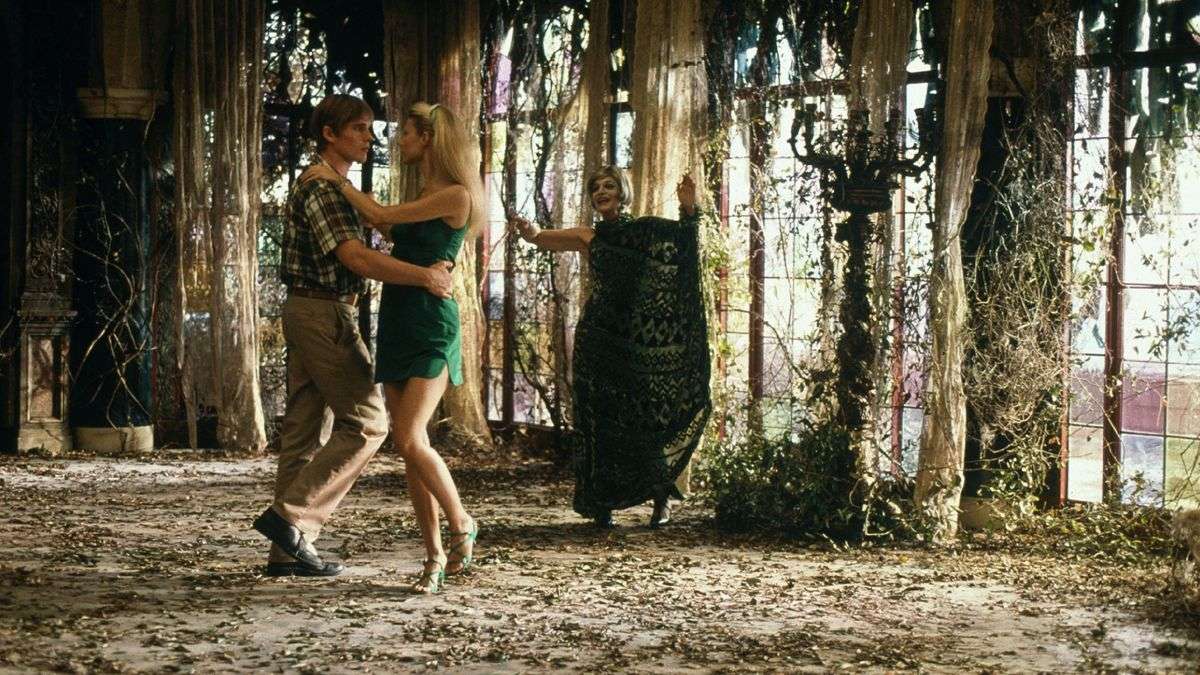
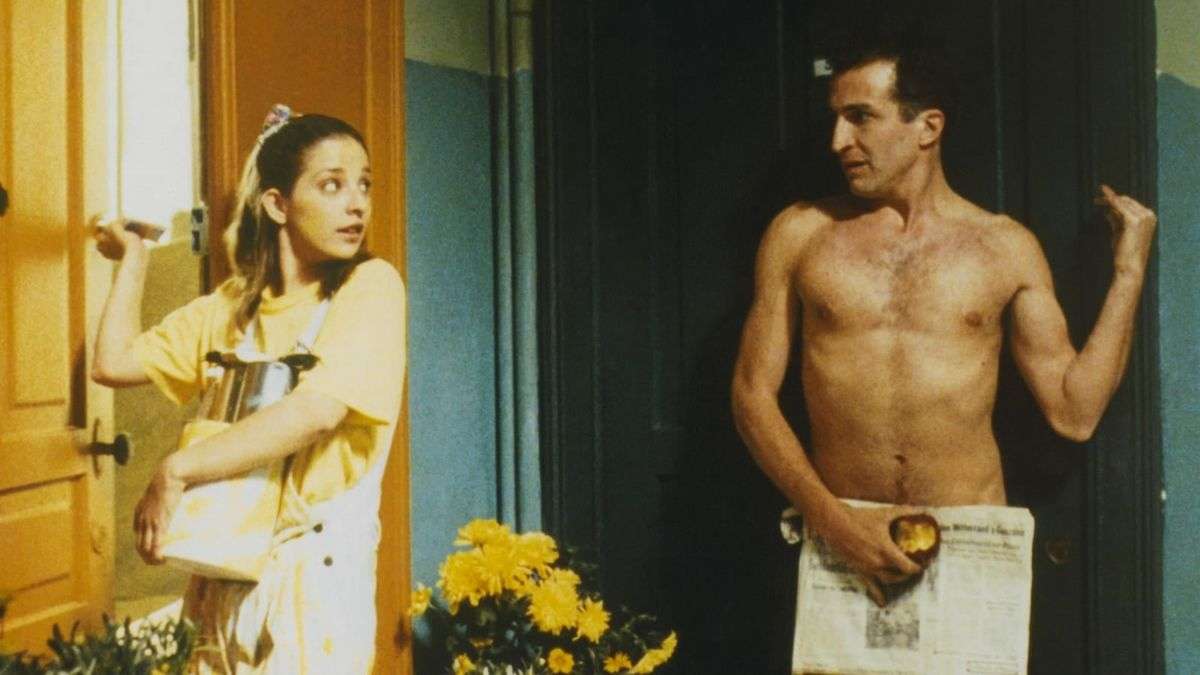
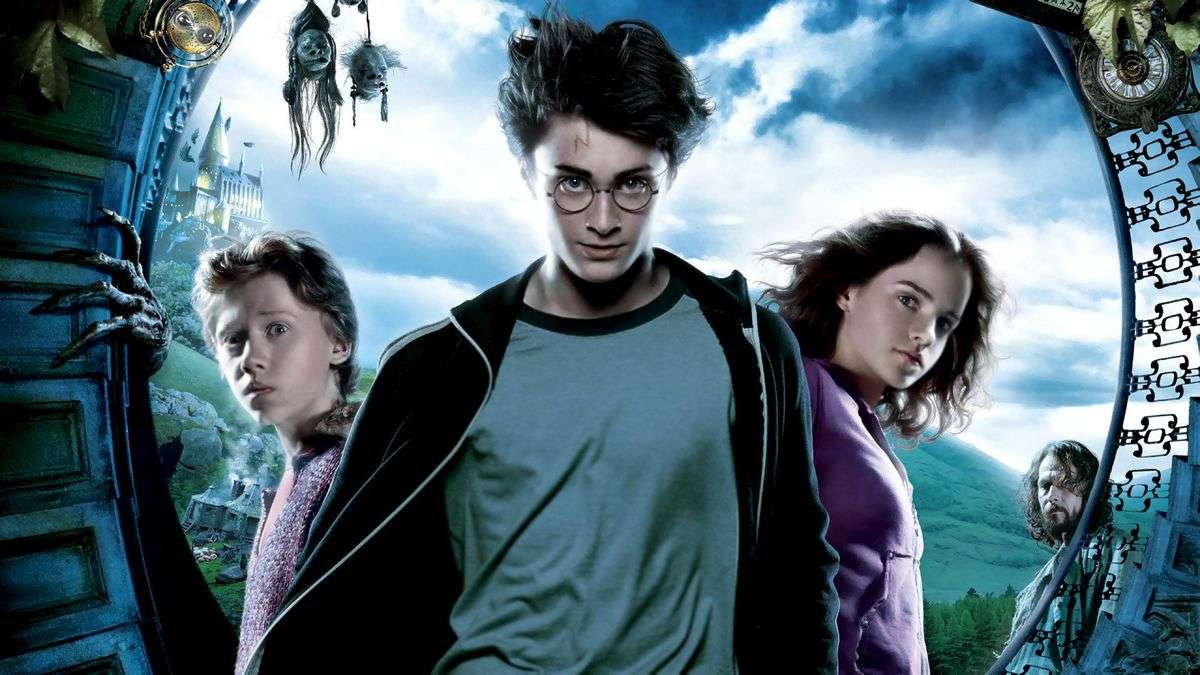
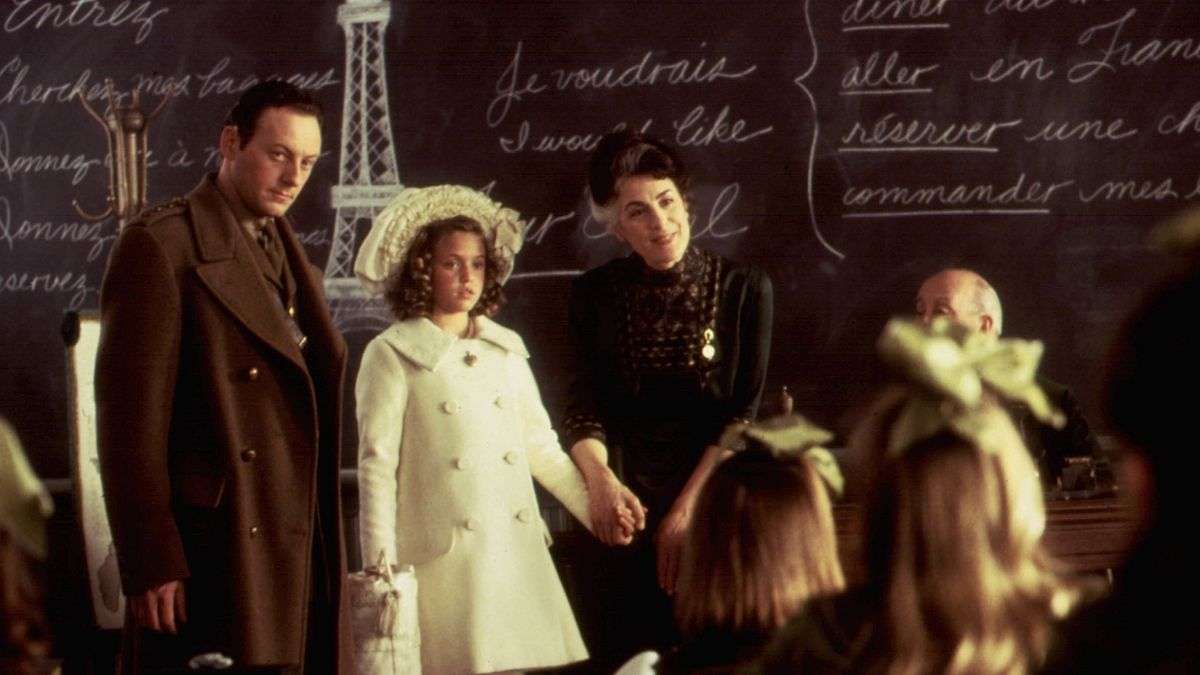
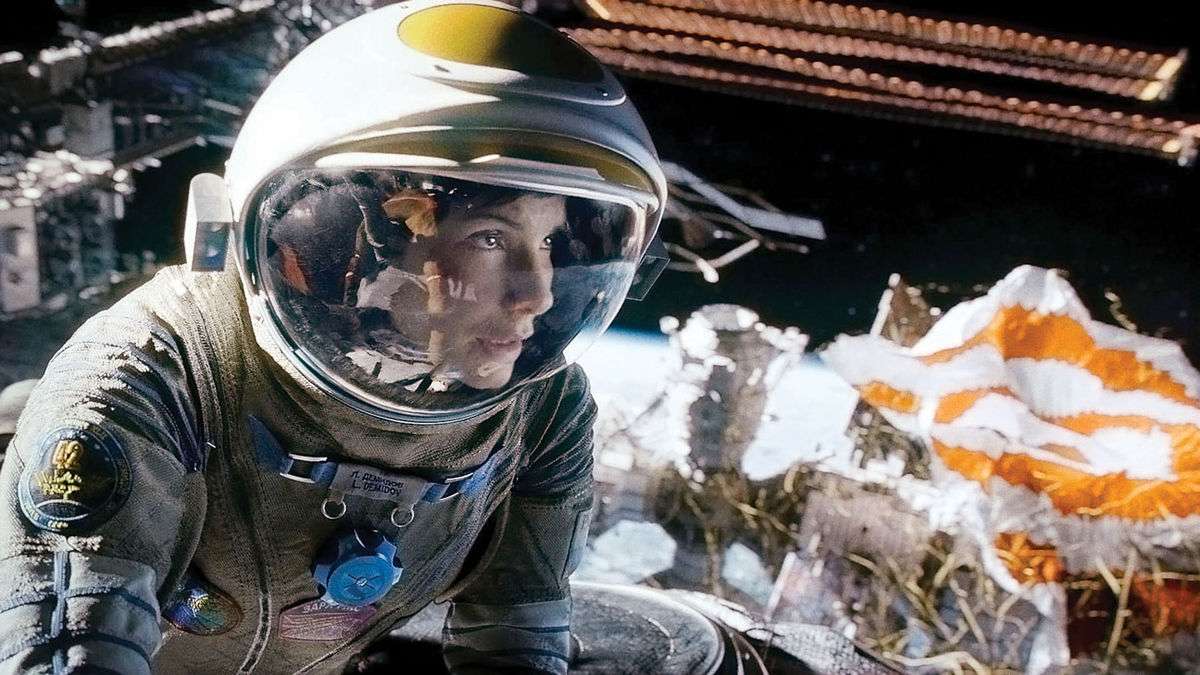
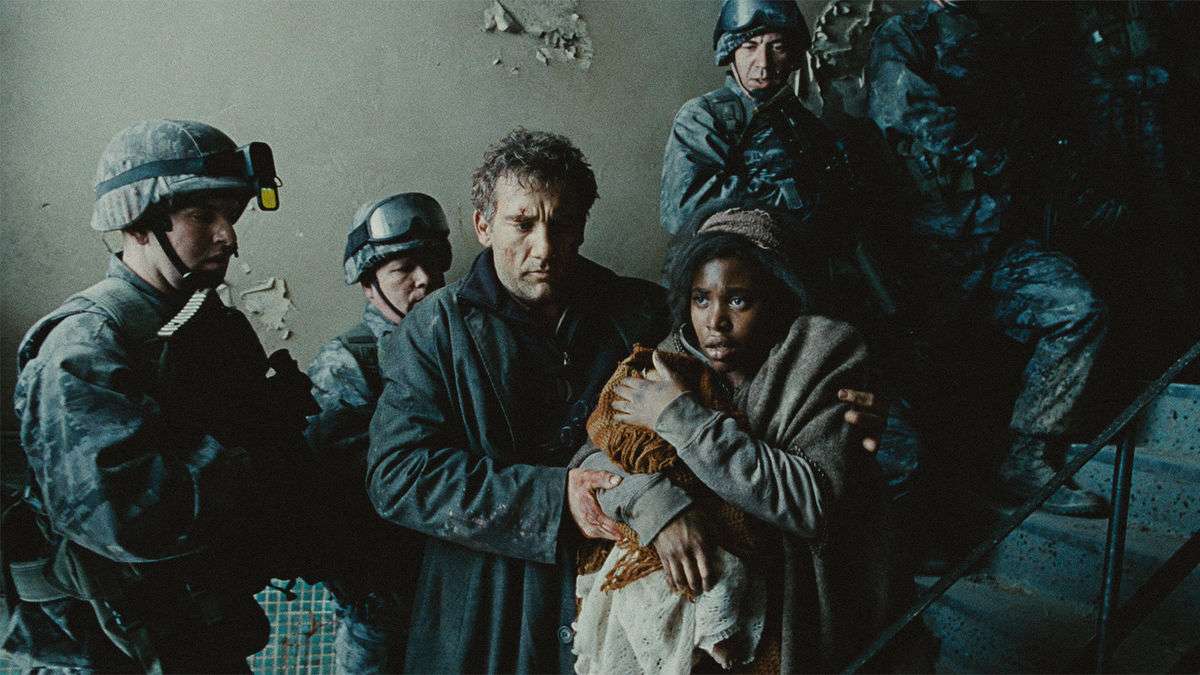


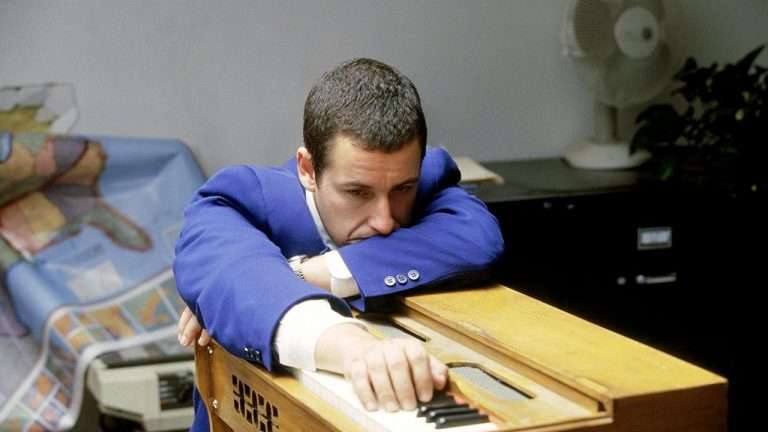
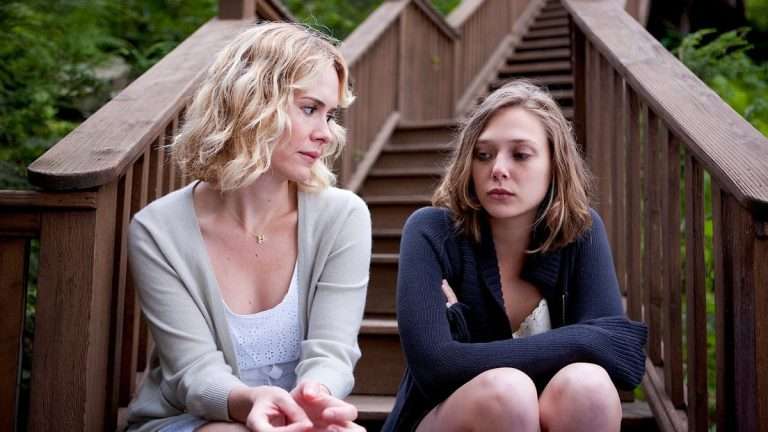
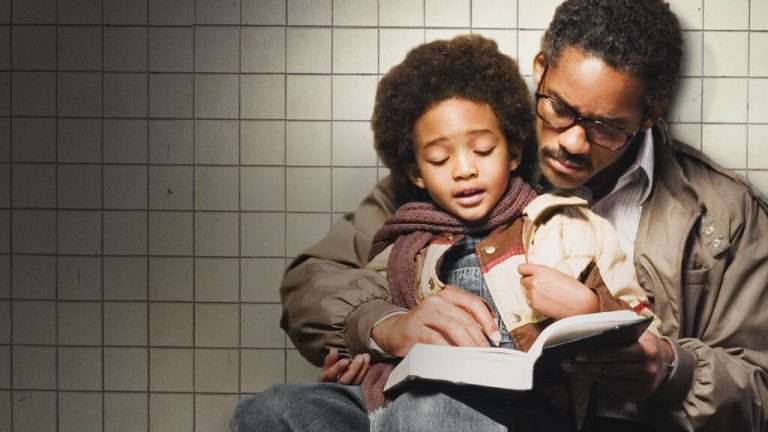
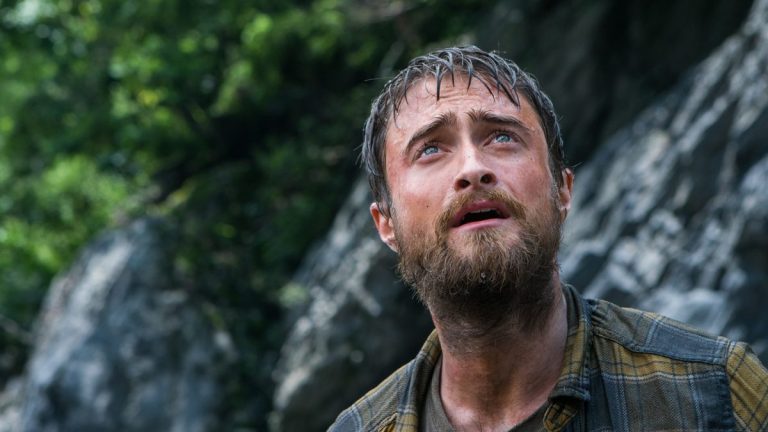
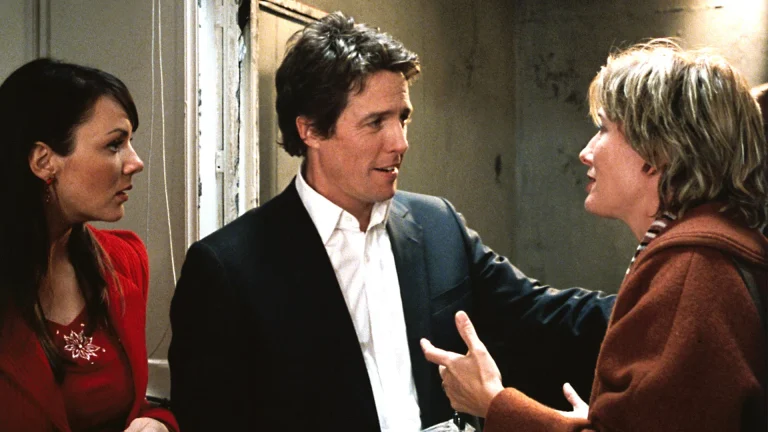
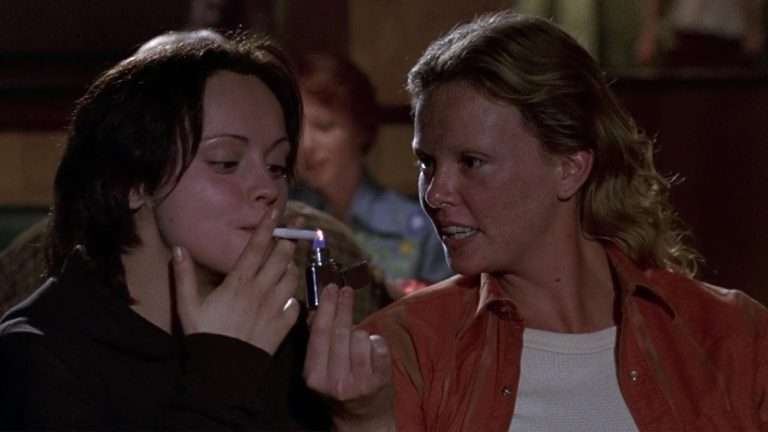
With CHILDREN OF MEN, Cuarón turned the book on its head. He made a film that was the ideological opposite of the novel. And good for him. The book was a reactionary piece of crap and the film a visionary progressive classic. Pulling THAT off was a real coup.